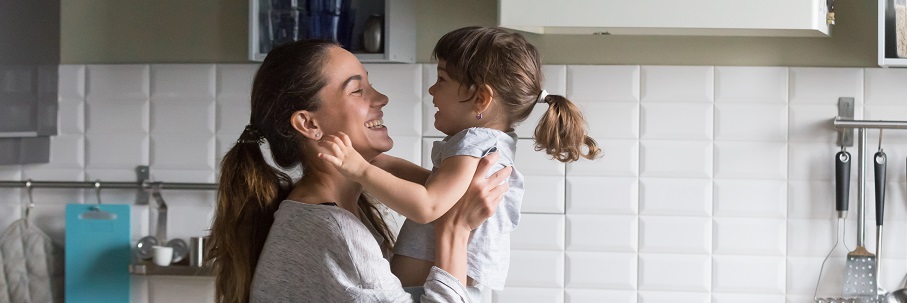Modeling healthy body image

Children can develop an unhealthy body image at a young age due to an environment promoting dieting and thinness. It’s important to be mindful of how your conversations and behaviors may support or undermine the development of a healthy body image in children and teenagers.
Body image is defined as how one sees themselves and feels about their body. A child or adolescent with a healthy, positive body image will:
- Be satisfied with the way they look.
- Feel confident in what their body can do.
- Feel comfortable with the way their body moves.
- Feel comfortable in their clothes.
- Recognize that their appearance says little about their character and values.
A child or adolescent with a negative body image will:
- Have a distorted perception of how they look.
- Link their self-worth with how they appear.
- Feel uncomfortable or awkward in their skin and clothes.
Having a negative body image is one of the best-known contributors to eating disorders. Eating disorders have the highest mortality rate of all mental health disorders, so it’s extremely important to model a body positive attitude and avoid comments that are critical of our own bodies and others.
How to model body positivity:
- Say what you like about yourself and how you look.
- Engage in activities that celebrate what you and your child can do with their body.
- Praise process. When you notice your child or adolescent working hard towards a goal, label and praise that hard work.
- Discuss family and personal values and how you and your child/adolescent is working towards them.
Comments to avoid:
- Discussion of weight loss goals.
- The word “fat” in reference to oneself or others.
- Negative comments about body shape or size.
- Discussion of calories burned or consumed.
Additional Resources:
- National Eating Disorders Association
- Kid’s Health
- PBS, Perfect Illusions: Eating Disorders and the Family





